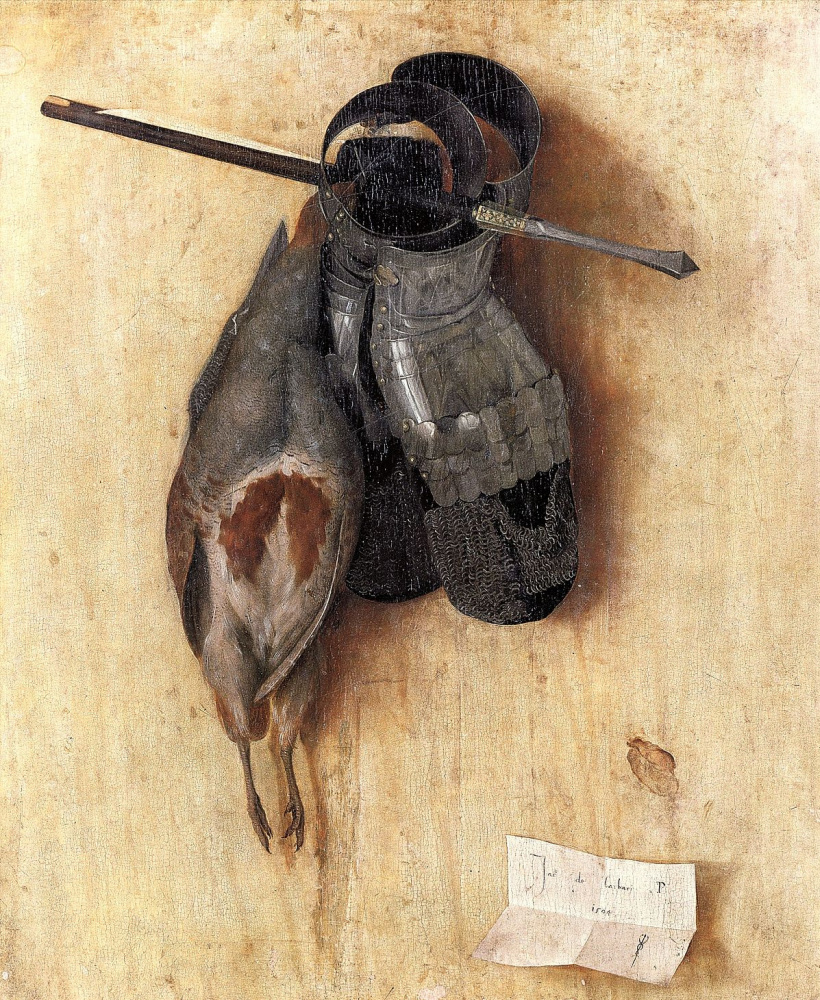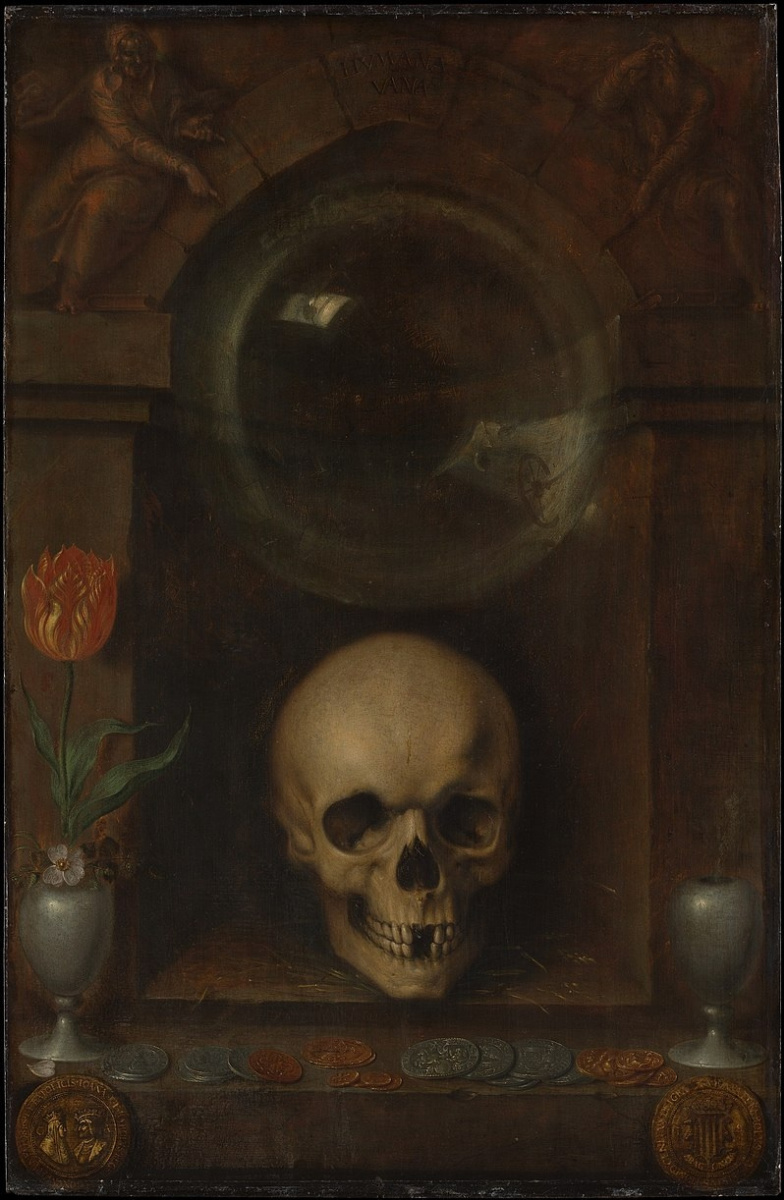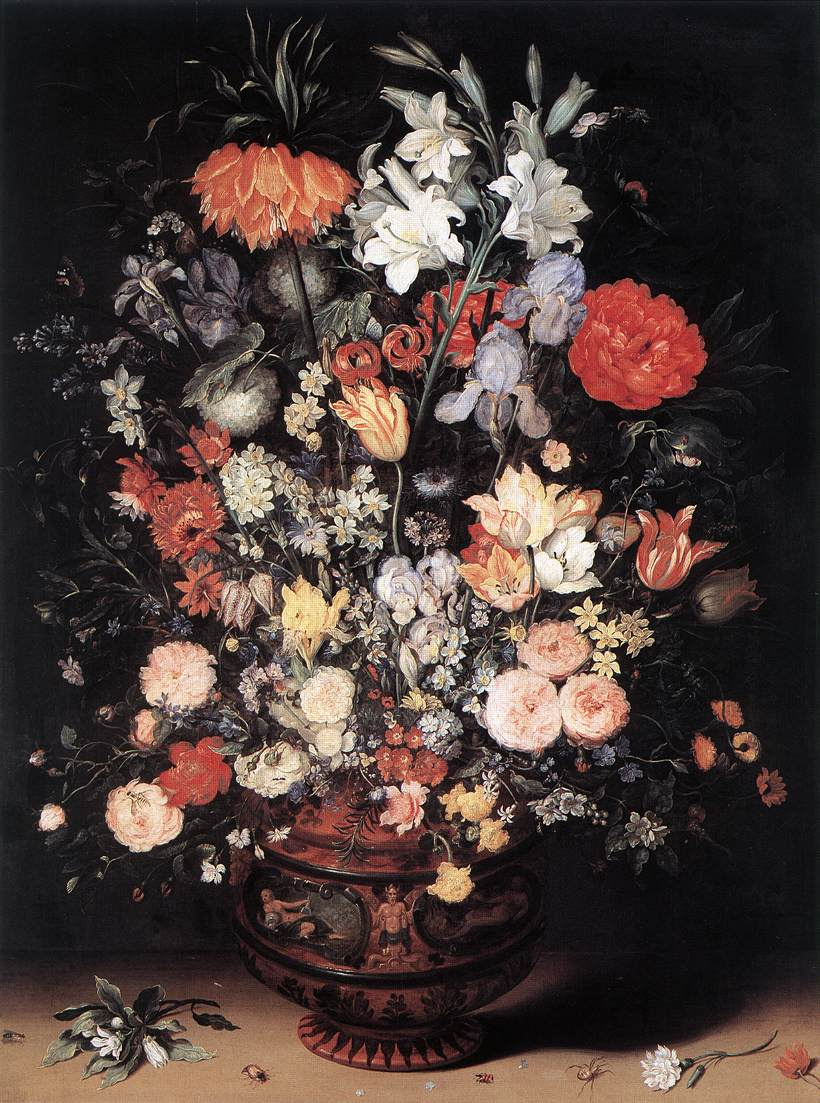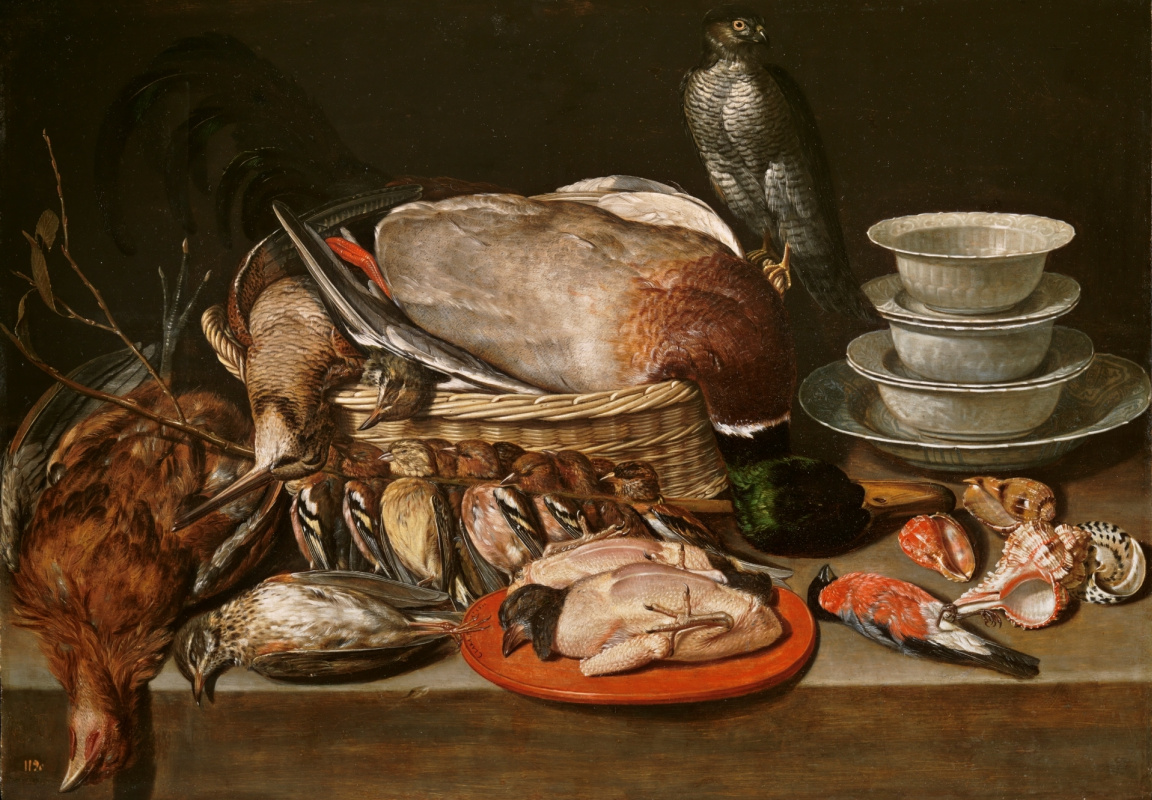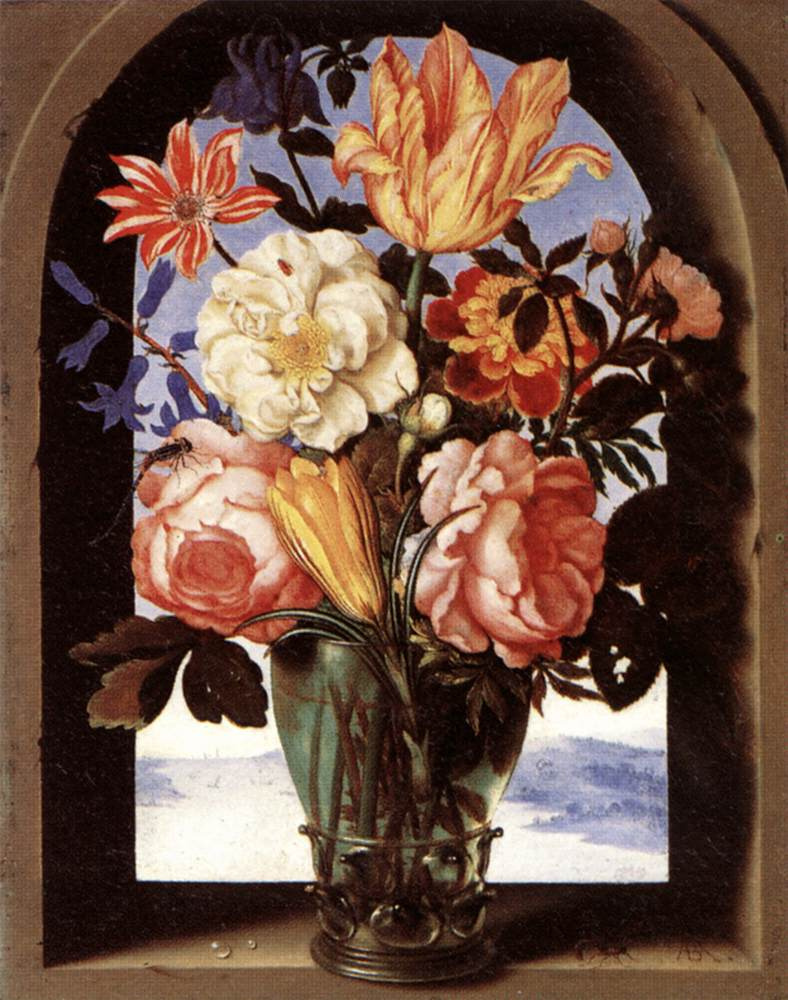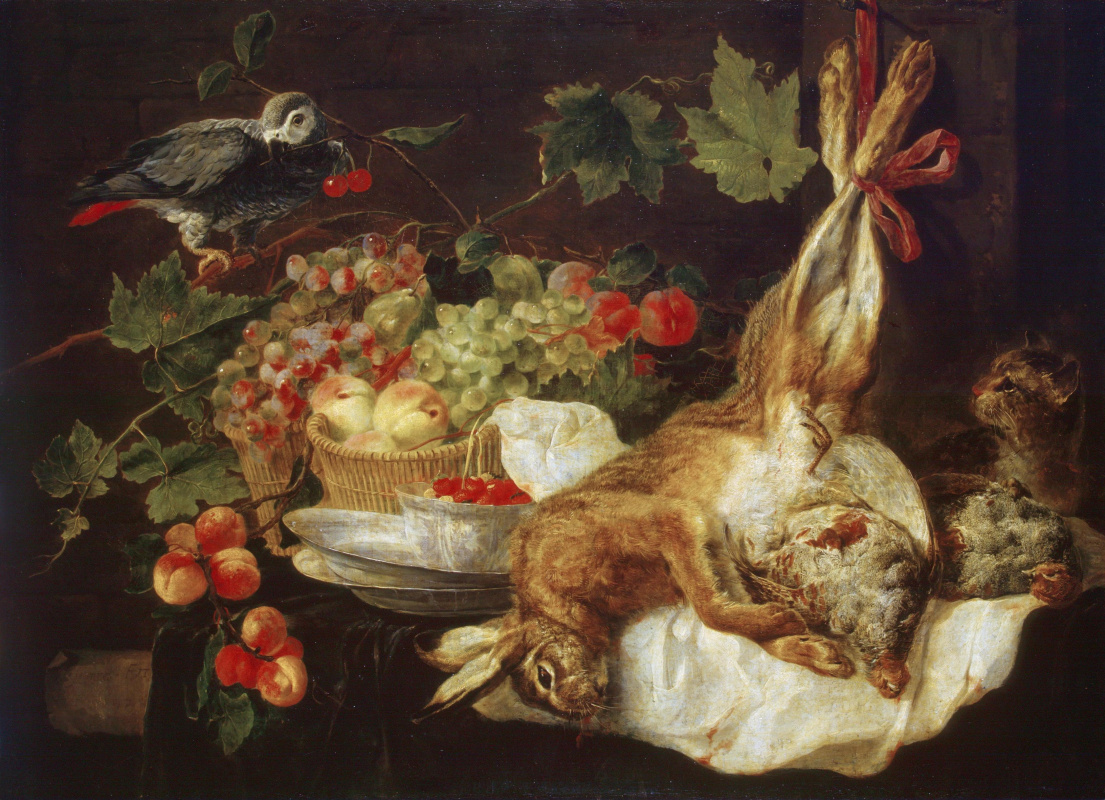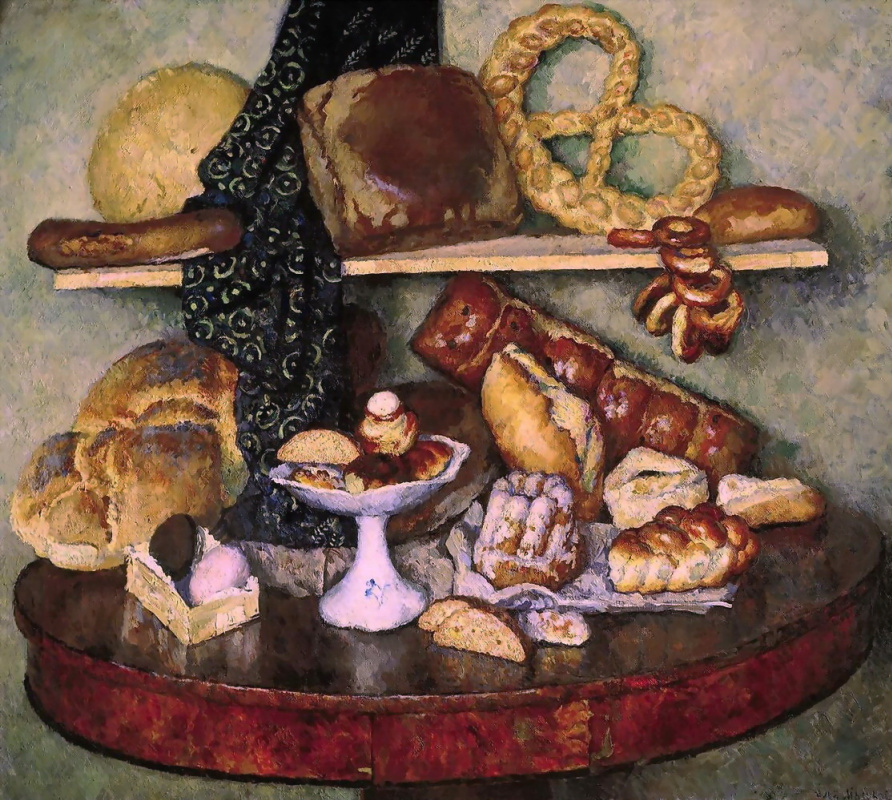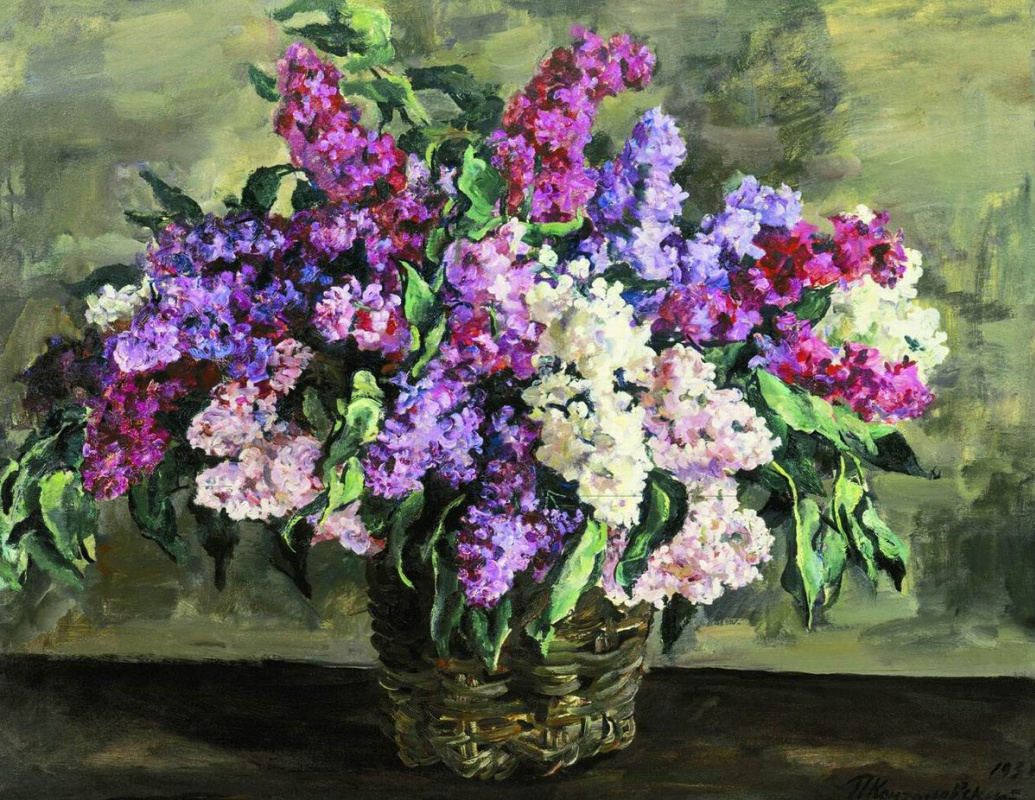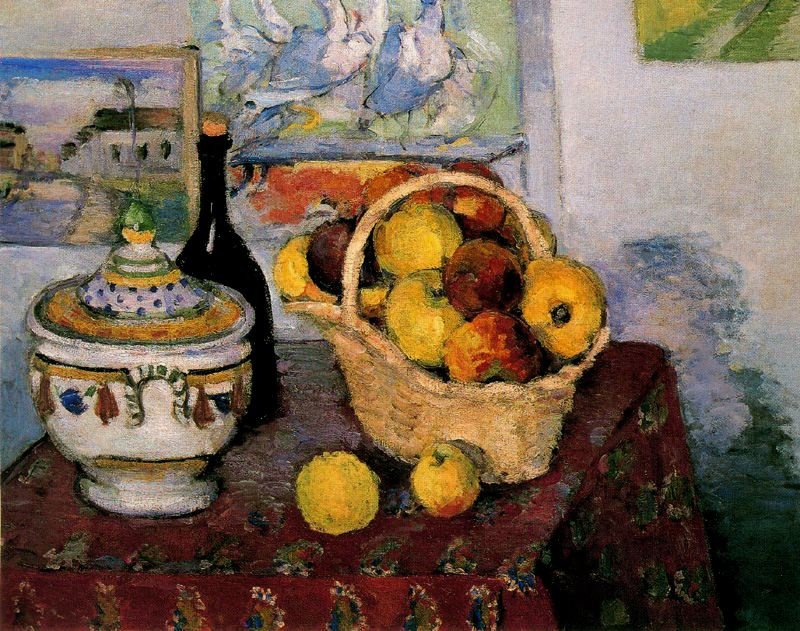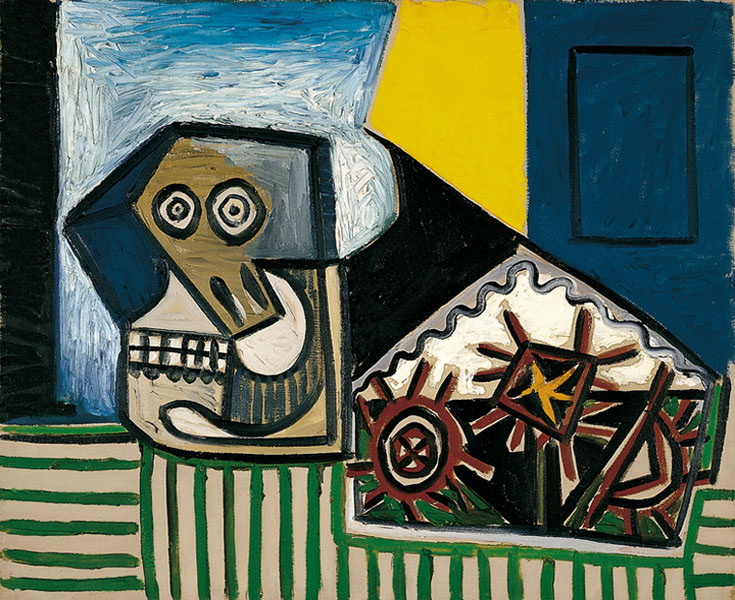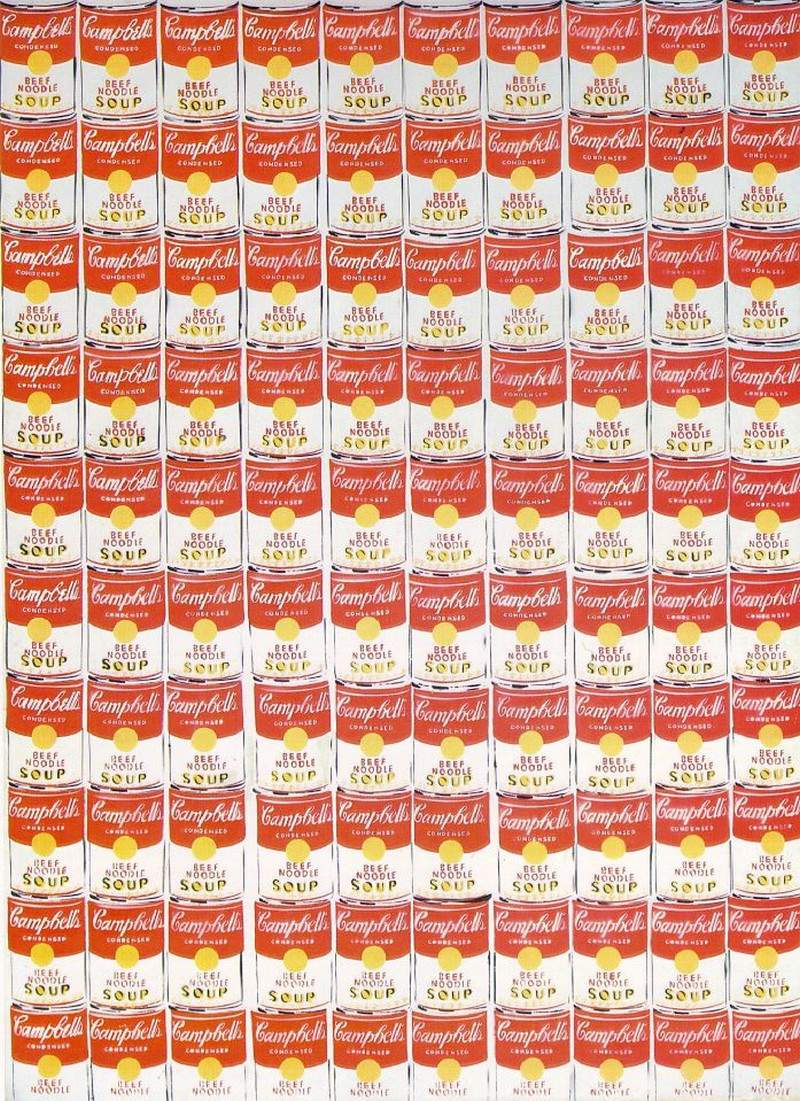Still life is a picturesque genre that focuses on depicting the objective world. The French name of the still life is "nature morte", the Italian one, "natura morta", both meaning "dead nature". Still life depicts inanimate objects, which are compositionally located in realistic surrounding.
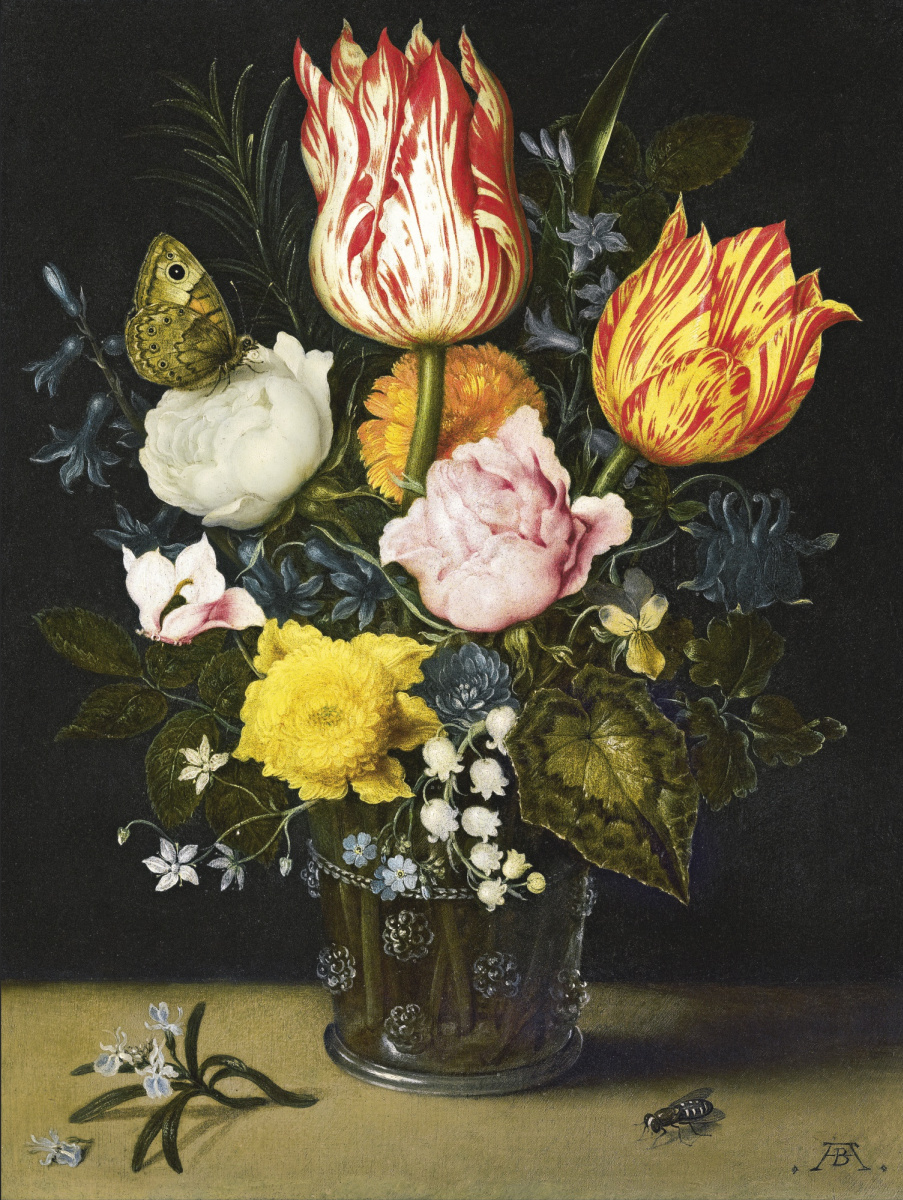
The genesis of the still life genre
The earliest still lifes, as we understand them now, were created in the 15th century BC. In the burials of the ancient Egyptians, the images of food, fish, and meat were not rare. Still life elements can be seen in the antique frescoes and mosaics. The interiors of the houses were also mostly covered with still lifes: images of flower garlands decorated arches, doors, furniture.Until the 16−17th centuries, still life existed as a component of the works of art created in other genres. These were images of flowers, tables with various objects placed on them, dead game in the paintings with hunting trophies.
The first known artwork that can be fully attributed to the still life genre is the painting created by the Venetian artist Jacopo de' Barbari (1460—1516). He painted the view with a partridge, an armour plate and a crossbow bolt, also known as "Munich still life", in 1504. At this time, de Barbari worked at the court of the Saxon elector Frederick III.
Art historians often refer to Caravaggio's painting as the "first still life". By the way, the artist’s remains were buried only in July 2014, in the Tuscan town of Porto Ercole, where he died back in 1610, at 38, from the consequences of his disease. During the burial ceremony, a fruit basket was placed on the coffin with the remains of Caravaggio instead of a bouquet — such basket, just as he depicted in this still life.
Fruit basket
1596, 46×64 cm
Vanitas still life
There is a separate subgenre of still life — vanitas (from the Latin vanitas — vanity), where the human skull is the central subject of the composition. "Vanity of vanities, says the Preacher, vanity of vanities! All is vanity." (Eccl. 1, 2) — this biblical verse is the leitmotif of all vanitas still lifes. Sometimes the skull was depicted on the back of the portrait. Thus, the masters of the Baroque era allegorically showed the transience of life and mortality. The first Dutch still life by Jacob de Gheyn is considered to be the "Vanitas" (1603). The vanitas genre was so popular that it was reflected in the literature: William Shakespeare portrayed it in the Hamlet (1600 — 1601) tragedy, giving Hamlet the skull of Yorick.
Vanitas
1603, 32.5×21.2 cm
Symbolism of still life
Still life became an independent genre in the 17th century, which was greatly facilitated by Dutch and Flemish artists. The term "still life" came into use (dut. — stilleven, germ. — Stilleben). The genre gained popularity due to the hidden symbolism of the depicted objects, which vanitas contributed a lot to. And while the skull was a clear reminder of death, sprouts of grains symbolized life, flowers — love, and fruits — fertility or abundance. Each series of objects also had their allegorical meanings. Thus, rotting fruits meant aging, apples or pears reminded the audience of the fall from grace, and plums or peaches symbolized erotica and sex. Symbolism was so common that emblematic collections were used to interpret the paintings, which were published in quite large runs.The still life genre developed rapidly along with scientific achievements and geographical discoveries. The paintings depicted various rarities — household items and plants, dishes and fruits, the technology of manufacturing various objects.
Still life with a Sparrowhawk, a bird, and porcelain sinks
1611, 52×71 cm
Types of still lifes
The first type of still life depicts things belonging to a certain owner, and is characterized by a fairly free, natural composition. Moreover, the objects in the picture are an indirect characteristic of their owner.The still lifes of the second kind depict objects as valuable things. A deliberate, exhibition composition is designed to emphasize the image decorativeness.
Still life with a big golden goblet
1624, 65×55.5 cm
Flower still life
In the 1620s, Holland became a centre for the sale of exotic tulips. This led to the development of the flower still life genre. The main artists of this genre were Ambrosius Bosschaert the Elder, Balthasar van der Ast, Jan Davidsz. de Heem. Flower still lifes were very popular not only in Holland, but throughout Europe: tulip bulbs were so expensive that not everyone could afford them. While it was much more profitable to buy a picture with a luxurious bouquet, which is to please one’s eye for many years. In addition, it was often impossible to get the bouquet depicted in the picture in reality: the artists collected plants that bloomed at different times in whole compositions.
Still life with variegated tulips in a vase and butterfly
1625, 40.8×27.6 cm
Breakfast in the pictures
The image of the laid table is another kind of Dutch still life, which was popular in the 17th century. The paintings depicted traditional breakfast dishes — cheese and rolls, fruits, ham, vessels with beer. More prosperous citizens could afford to admire the images of pies and game, lobsters, shrimps and wine. The dishes showed a lot: graceful glass (it symbolized fragility), silver (wealth), Chinese porcelain (purity). The mortar and pestle symbolized the feminine and masculine beginnings, an empty glass meant death, and a half full one meant moderation.
Still life
1610, 77×49 cm
Read the Arthive publication about the exhibition of the 17th century Dutch still-life artist-innovator Clara Peeters
Still Life with Cheese, Almond and Pretzels
1615, 34.5×49.5 cm
Scientific still life
Another genre of still life popular in the 17th century was scientific still life. It abounds in the images of religious symbols, books, geographical maps, as well as optical illusion techniques and hyperrealism ("tricks", trompe-l'oeil). To understand all the symbols of scientific still life, you had to be a fairly educated person and know the Bible thoroughly.
Trompe L'oeil Vanitas
1668, 152×118 cm
Trompe-l'oeil on Arthive: Seven Deceivers: Who of the Old Masters Imitated Reality?
Still life with chessboard
73×55 cm
Hunting still life
Hunting still life depicted dead game and fish and was very popular with the wealthy aristocracy. The hunting still life was often the interior subject of men’s suites, symbolizing the owner’s fortunateness.
Hare, fruit and parrot
1647, 70.5×97 cm
At the genre borderline
You may often see still lifes painted into a landscape or an interior. In this case, still life is the main thing, and its artistic setting is secondary and carries additional semantic load.
Basket with flowers
1849, 107.3×142.2 cm
Still life in Russia
Still life appeared in Russia at the beginning of the 18th century. The traditions of academism considered still life a low genre, in contrast to the high genre of historical and mythological painting. At the Academy of Arts, students of the third and second years painted, in fact, still lifes — gypsum heads and figures, — training the drawing technique.
Fruit and melon
1830-th
, 49×67 cm
Moscow Food. Loaves of Bread
1924, 145×129 cm
Lilacs in the basket ("Eroica")
1933, 79×104 cm
Modern still life
Another heyday of still life as a genre came at the beginning of the twentieth century. Artists actively developed the colour visual language, form and composition of picture. Still life became a genre of art experiment.
Sunflowers in yellow vase
January 1889, 95×73 cm
Each subsequent art movement brought its own features to still life. This genre was well suited to show the viewer the basic principles of a particular style. Impressionist Pierre-Auguste Renoir paid much attention to still lifes, drawing bouquets of flowers and fruits. One of the components of the popularity of post-impressionist Vincent van Gogh were his floral still lifes. Cézanne and still life are another persistent association: the artist painted the famous series of paintings with apples, wine bottles and jugs of water. Pablo Picasso, going through various stages of his artistic career, created still lifes in the styles of cubism, surrealism
and post-impressionism
, each time reinterpreting the surrounding objects.
Still life with a bottle
1884, 65×81 cm
Surrealists also paid tribute to the still life genre. Salvador Dalí, René Magritte, Giorgio Morandi — each of them repeatedly captured inanimate objects that exist in fantasy worlds and other creative dimensions in their paintings.
Still life with a basket of fruit
1927, 53×93 cm
Still life with skull and three sea urchins
1947, 60×72.5 cm
The development of advertising played a significant role in the development of the genre. Idealization of objects and glamor, designed to attract potential consumers, were typical of commercial artists who created attractive images of goods for their promotion on the market. At the same time, a number of artists, for example, Andy Warhol and James Rosenquist, used still life techniques to ridicule the consumer hype cultivated in society.
100 cans
1962, 183×132 cm
After the Second World War, installations became very popular: embodied still lifes were represented in the form of spatial compositions. Modern readings of still life have become one of the most expensive trends in current pop culture: Jeff Koons, Takashi Murakami, and Damien Hirst are the representatives of the genre.
Famous still life artists: Ambrosius Bosschaert the Elder, Frans Snijders, Jan Fyt, Melchior d’Hondecoeter, Francisco de Zurbarán, Pieter Claesz, Willem Kalf, Ivan Khrutsky, Igor Grabar, Paul Cézanne, Vincent van Gogh, Giorgio de Chirico, Salvador Dalí, René Magritte, Pyotr Konchalovsky, Aleksandr Kuprin, Natalia Goncharova, Robert Falk, Vladimir Nemukhin, Martiros Saryan, Ilya Mashkov, Kuzma Petrov-Vodkin, Yuri Pimenov.
Iconic still lifes: Jacob de Gheyn, "Vanitas"; Michelangelo Merisi da Caravaggio, "Basket of Fruit", Jacopo de' Barbari, "Still-Life with Partridge and Gauntlets"; Jan Brueghel the Younger, "Flowers in a Wooden Vessel"; Vincent van Gogh, "Sunflowers in a Yellow Vase".
Iconic still lifes: Jacob de Gheyn, "Vanitas"; Michelangelo Merisi da Caravaggio, "Basket of Fruit", Jacopo de' Barbari, "Still-Life with Partridge and Gauntlets"; Jan Brueghel the Younger, "Flowers in a Wooden Vessel"; Vincent van Gogh, "Sunflowers in a Yellow Vase".






